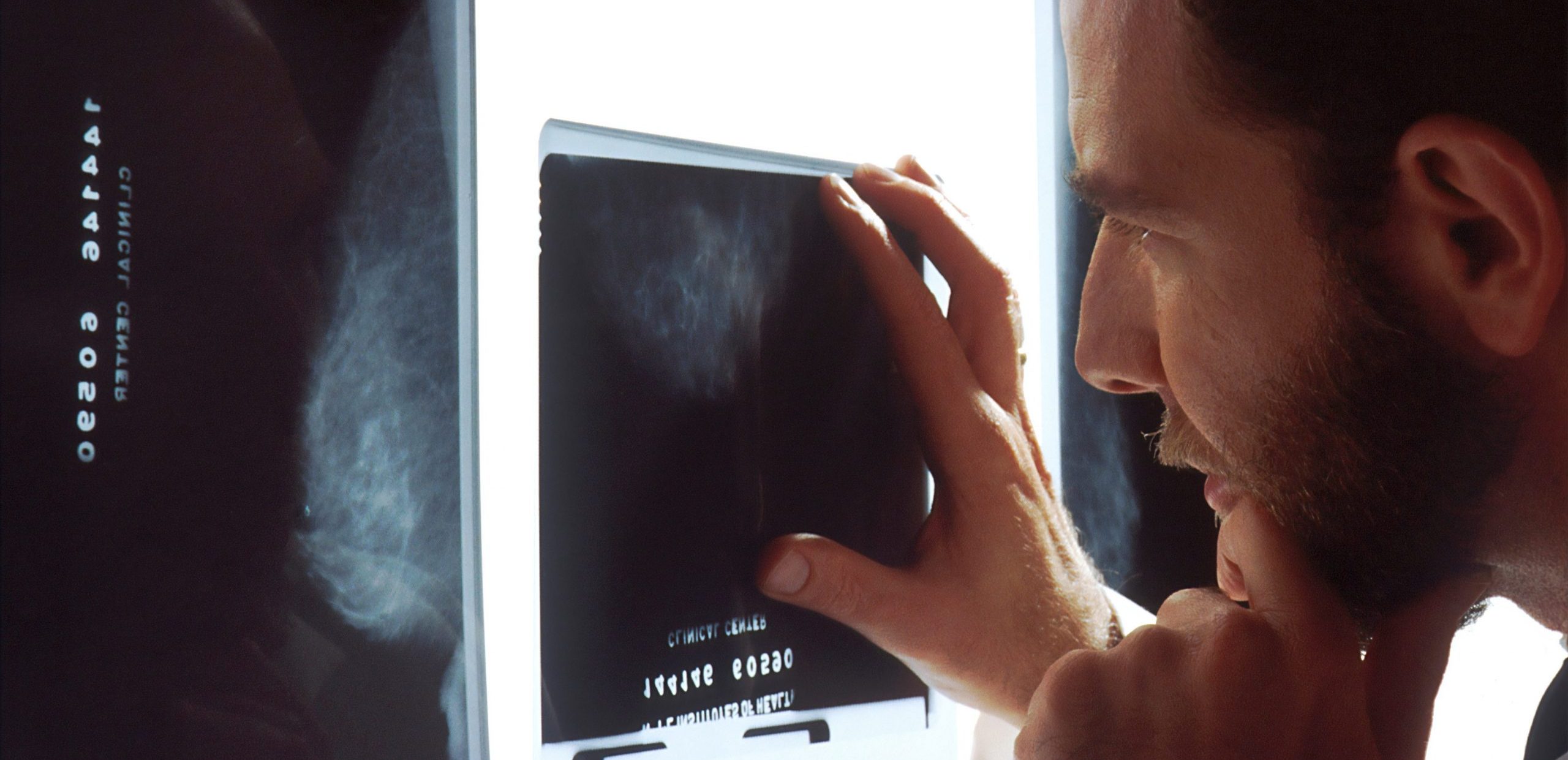Making room for what’s possible requires you to think beyond what you’ve always known. This future-forward mindset is usually fueled by questions that challenge existing operations.
That was the case for a team at Boston Children’s Hospital. They had an idea for how technology could improve patient care. At the time, radiologists spent hours every day looking through images, which meant less time to interpret findings and treat patients.
Their needs led to a collaborative effort known today as the ChRIS Project, a joint partnership with Red Hat, Mass Open Cloud and the open source community. ChRIS is a platform that reduces the barrier to cloud and distributed computing for researchers and developers. They can reuse existing code with minimal hassle or quickly create new apps.
“Everybody is now trying to position themselves because we don’t know what’s next,” said Adam Clater, Chief Architect at Red Hat, an open source software company. “We don’t know what the next big thing is that we will be able to do with data.”
Red Hat’s work with the ChRIS Project was key in helping medical professionals understand the COVID-19 virus and its implications. They automated the scanning and analysis of chest X-rays and performed pneumonia analysis, speeding the time for turning clinical research into field execution, Clater said.
Regardless of how you imagine using data, Clater offered tips to best position your organization.
1. Think beyond your department
Could your data be the missing link to a larger story? If combined with other data sources, what problems might you be able to tackle?
For example, combining NASA’s analysis of soil moisture, FEMA data on forest fire incidents and flooding, and U.S. Forest Service data could open doors for predictive analytics work on future forest fires, Clater said. Although this level of collaboration isn’t widespread yet, he sees agencies moving in this direction.
2. Embrace data normalization and governance
Data normalization is about standardizing how you continuously store and validate the same data, such as Social Security numbers and birth dates. Working with disparate datasets that have not been normalized can halt application development, Clater said. That work should be happening uniformly at the organization level rather than trying to normalize data within one app.
3. Adopt an API-centric approach
“Within certain organizations, whoever has the data has a bit of power,” Clater said. But internal barriers to data access, whether political or procedural, slow progress. He’s a proponent of visible and well-communicated agreements, such as a social contract, that makes clear what data is available and to whom. Application programming interfaces (APIs) can provide those access controls while connecting data from different systems, making it more accessible.
Clater recommends connecting with data science meet-up groups for shared learning and using open source platforms such as OpenDataHub, which helps scientists quickly use AI and machine learning to solve critical business needs.
This article is an excerpt from GovLoop’s guide “Your Field Notes for Data-Driven Decision-Making in Government: Case Studies on Work Culture, Equity and More.”






Leave a Reply
You must be logged in to post a comment.